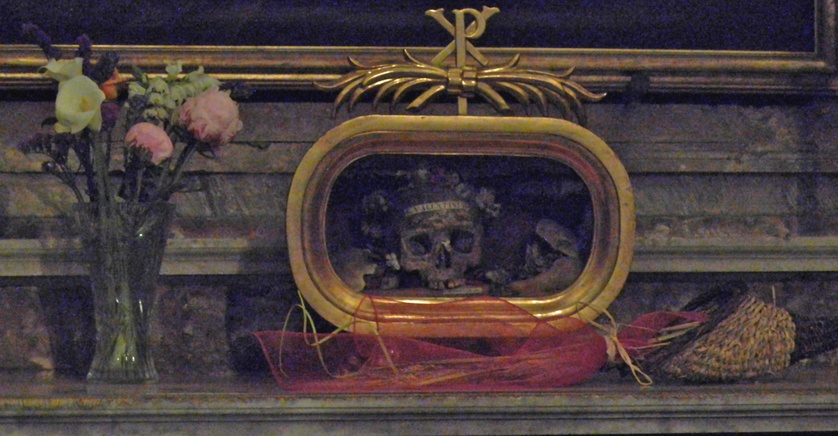I mentioned in The Journey that I wrote a song based on Isaiah 2, which is one of my favorite OT passages:
In days to come, the mountain of the Lord’s house
shall be established as the highest mountain, and raised above the hills.
All nations shall stream toward it. Many peoples shall come and say:
“Come, let us go up to the Lord’s mountain, to the house of the God of Jacob, That he may instruct us in his ways, and we may walk in his paths.” For from Zion shall go forth instruction, and the word of the Lord from Jerusalem.
He shall judge between the nations, and set terms for many peoples.
They shall beat their swords into plowshares, and their spears into pruning hooks; One nation shall not raise the sword against another, nor shall they train for war again. House of Jacob, come, let us walk in the light of the Lord!
I hope you like the song!













